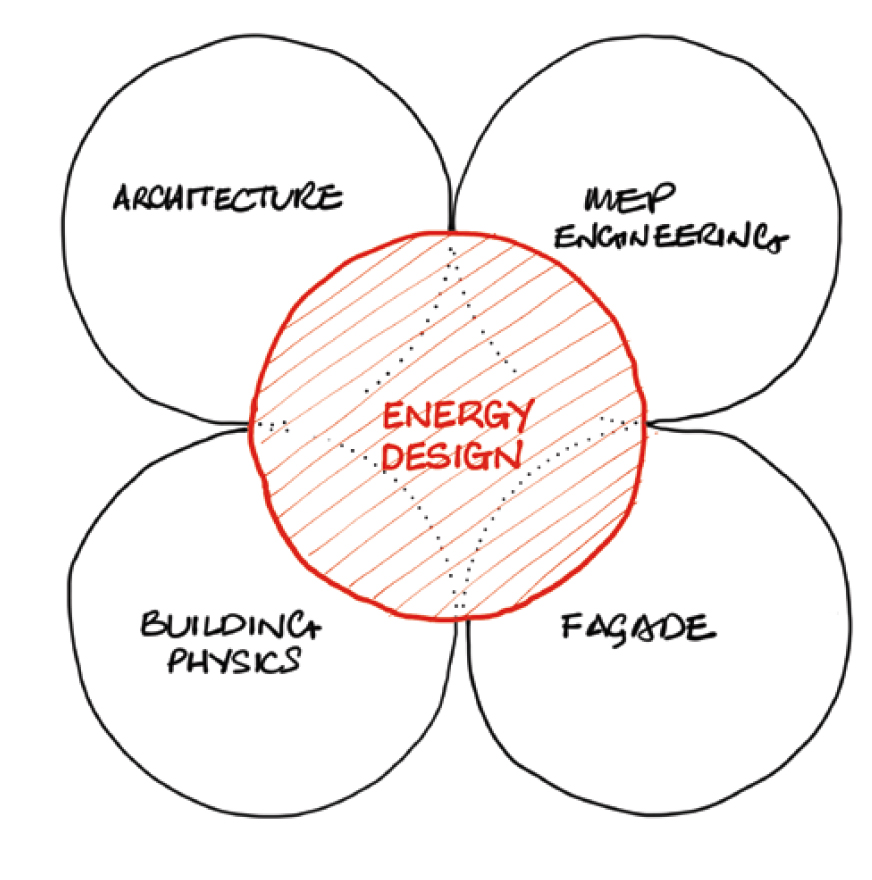With this post, I start a collection of writings on a topic that was the subject of my final research project in the Master’s program: «Energy Design».

My research was about the relationship between energy and the variables that could influence the building form. Without a doubt, Energy is the Topic of our time, the highest portion of the world’s energy consumption is because of the built environment. Applied research in this field has great potential.
The phrase «Form follows Energy» was forecast by Professor Brian Cody (Technische Universität Graz) in the early 1990s. In his work, he describes how energy strategies and concepts determine the form-finding process in its design. Which has influenced deeply my research, in the hunt of the relationship between «Building Form and Energy».
Even though my focus is mapping qualitative and quantitative design form variables and their influences in Energy Demand, the concept of «Energy Design» emerges naturally and it is mentioned along with the Master Thesis, as a personal approach or method.The software used to compare three Design Options versus a base line project, through Energy Models was DesignBuilder, which represented a great challenge because I had to learn how to use it from scratch.

The criteria to set the variables and its changes, was based on the state of the art of similar researches and supported by building physics theoretical concepts.
Building design implies an iterative development that has to be seen as a whole system, with interactions and dependencies. Energy strategies in the form-finding process of building design can be used to generate new architectural forms. Energy design can lead to new aesthetical qualities in architecture. The form of a building can be optimized to reduce the energy consumed by the building but also to maximize the energy generated by the building’s surface. Although the concept “energy efficiency” was not on the scope of these research, I can conclude with certainty that strategies which maximize the energy performance of a building can influence the architectural form language in a variety of different ways.
The processes related to the envelope in architecture and its similarity to the way that living organism modify it to achieve thermal stability (usually called biomimesis), have powerfully captured my attention, and may be the reason for a future research (a PhD… I hope…).

